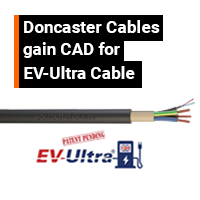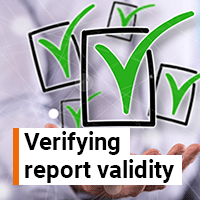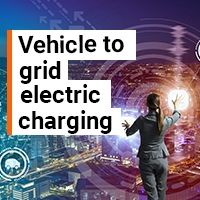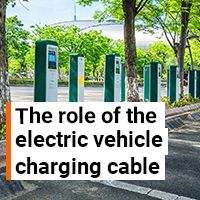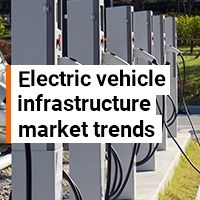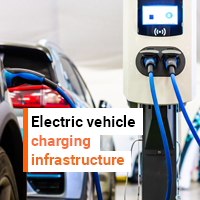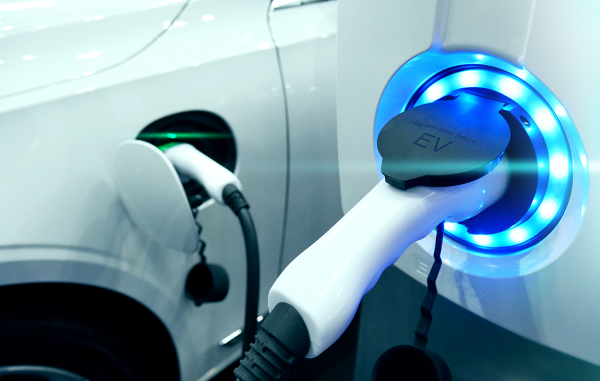
Enabling reliable and safe electric vehicle charging networks
With the positive, predicted growth of electric vehicle consumption, suitable and reliable charging infrastructures go hand in hand. Safe cabling systems underpin charging networks of all shapes and sizes. Equipment manufacturers, charging station owners and governments - all play significant roles in helping to provide a sustainability future for electric vehicles becoming one of the main modes of transport.
Electric vehicles (EVs) have been recognised as a viable, clean and cost-effective solution to reducing greenhouse gas emissions. Industry standards such as IEC 62893 series and EN 50620, have been introduced to ensure that all EV cable can be assessed to a high quality and only safe product is installed in the market.
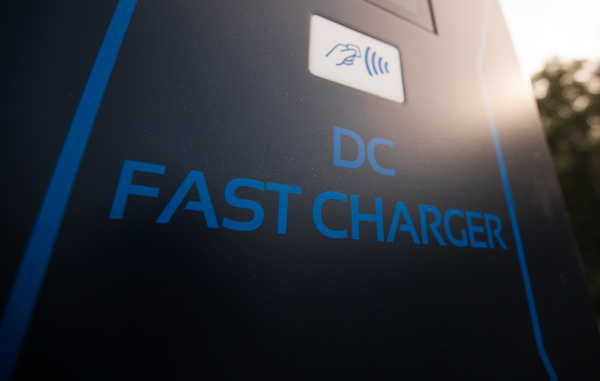
Charging cable challenges
1. Fast charge infrastructures
The rate at which an EV can be charged is a key hurdle to overcome. It is clear to see that charging an EV’s battery is currently, a lot slower than refilling a tank with petrol. EVs in the past have therefore been a lot less convenient when compared to their conventional counterparts.
The time it takes to charge EV can be as little as 30 minutes or 12 hours plus. Charge time depends on the size of the battery and the speed of the electric charging point. An EV is only able to charge at the maximum charging rate that the system and cabling can provide. Charging rates can also be impacted by operating temperatures, which could take longer in colder climates. As fast charge EV points are prone to high temperatures and high resistance, which results from high levels of electrical charge being transmitted down the charging cable. An efficient conductor will allow maximum current, while a protective sheath will enable temperature control.

2. Vehicle-to-grid configurations
Vehicle-to-grid technologies enable systems to optimise charging times with electrical demand and can work to reduce the cost of energy. Smart systems also help to overcome peaks as stored vehicle energy can be pushed back to the grid and supply additional energy when its needed.
Two-way charging cables are required to transfer power and data to be transmitted to and from the vehicle. Cables must therefore have efficient transmission capabilities, whilst also being able to deliver fast charging current and withstand external environmental factors. Both EN 50620 and the IEC 62893 series charging cable standards include tests to simulate scenarios that a charging cable will go through during installation, use and to measure the performance.
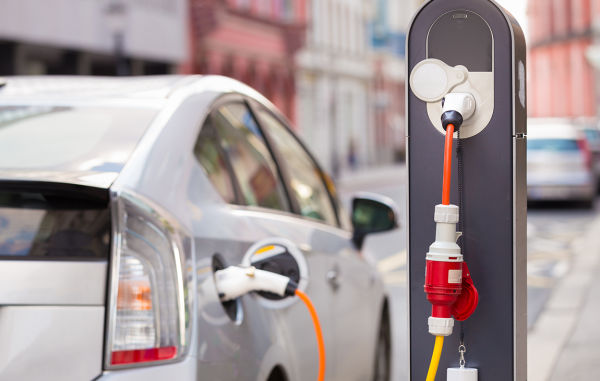
3. Availability of charging
Government incentives are regularly being developed with a commitment to improving the availability of public charging points. Examples include grant schemes for charging point manufacturers to encourage installation of safer public charging, and parts of the world are also setting charge point targets.
There are many factors that should be considered when expanding charging infrastructures, and ensuring the use of approved charging cables with proven quality is just one of them. Once installed there is often no incentive to maintain cabling systems and over time weathering impacts can affect charge performance. Certified cables are subject monitored to ensure they consistently meet the standards within every batch manufactured.
Electrification of the transportation sector coupled with the need for reliable charging infrastructures is recognised globally.
Compliance to the developing standards requirements is central to electric vehicle charging systems standing the test of time and of course withstanding the wear and tear anticipated as usage increases.
Get your copy of the charging cable testing guide today
Enter the laboratory test area
Regional experts
Click the arrows to scroll for your regional teams


